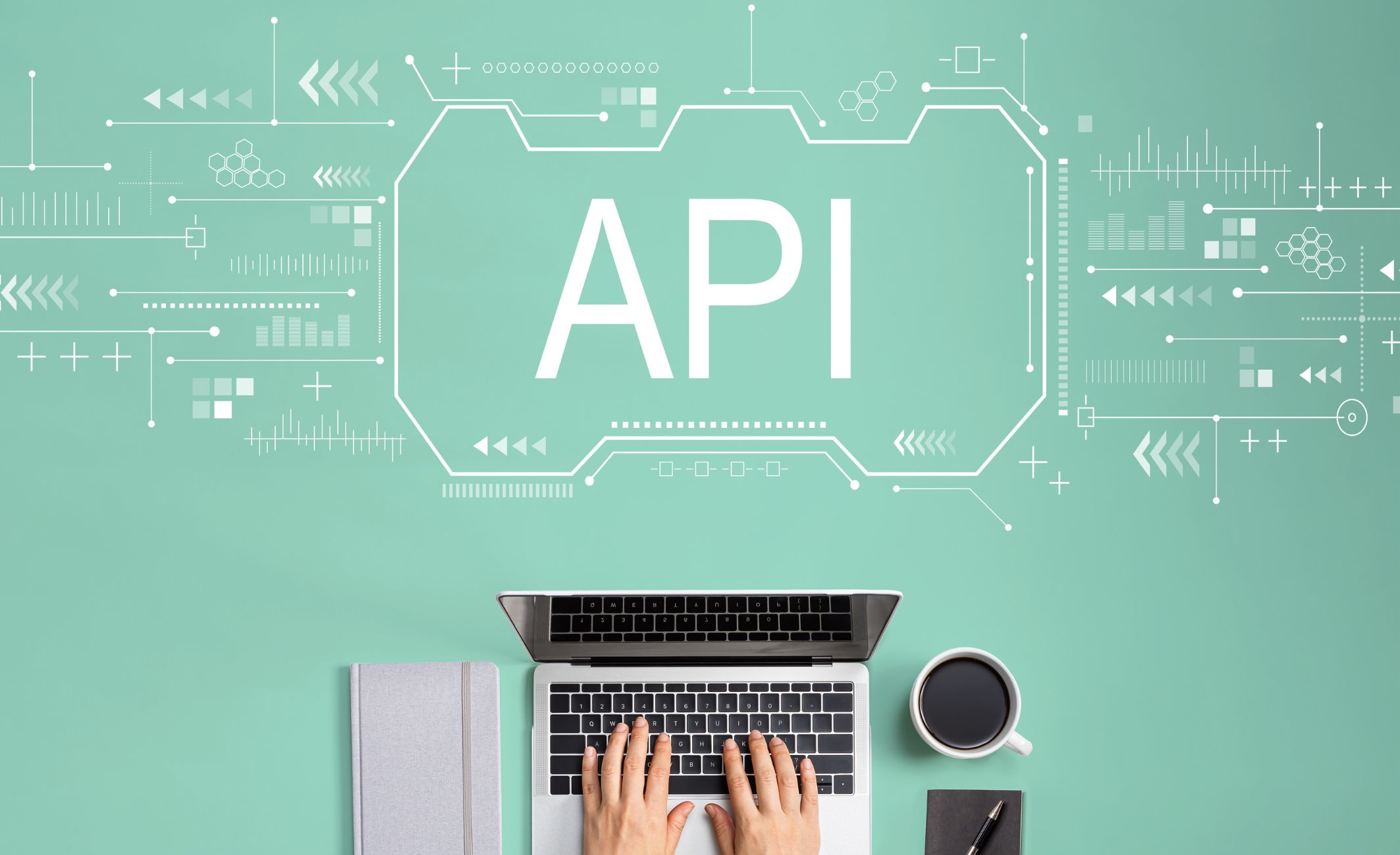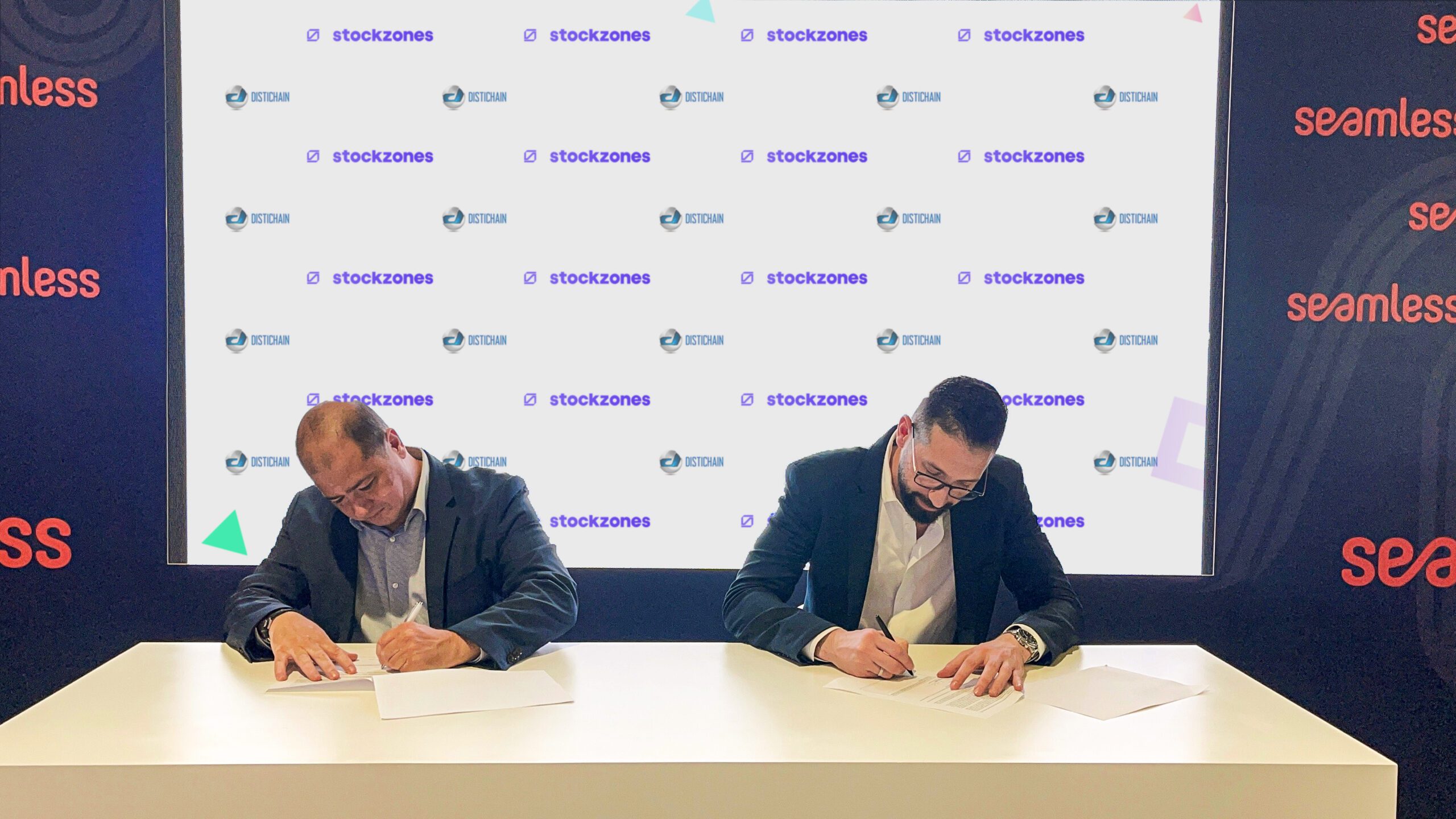In B2B commerce, the importance of flexibility, scalability, and personalized solutions has reached unprecedented levels. As we navigate the digital era, it’s becoming increasingly clear that traditional architectures are faltering.
This shift has paved the way for a revolutionary approach that promises agility and adaptability: headless commerce.
Read on for a deep dive into headless commerce architecture. We will explore its definition, benefits, and integration process for a comprehensive understanding of this technology.
A Quick Summary of B2B Commerce & Its Growth
Let’s revisit B2B commerce. Traditionally, it is a model that involves exchanging products, services, or information between businesses relying on direct interactions. While effective previously, this model is now being tested by digital transformation across industries.
Today, the rise in online transactions has prompted a reevaluation of conventional commerce structures. The digital shift has exposed the limitations of traditional models, particularly in scalability and adaptability.
To address these challenges, innovative solutions like headless commerce architecture have emerged. This new approach offers a flexible and scalable alternative aptly suited for the digital age.
Understanding Headless Commerce Architecture
Headless commerce architecture is a shift in how businesses operate online. It separates the front end (the part of the website that users interact with, aka the “head”) from the back-end functionality (the part that handles data modeling, processing, storage, and security), allowing each to operate independently.
This separation – often called “decoupling” – contrasts with traditional commerce, where the front and back ends are intertwined, limiting flexibility and customization.
Headless vs. Traditional
The structure of headless commerce inherently differs from its traditional counterpart, offering a modular approach that allows businesses to choose the best solutions for their specific needs. Let’s compare the key aspects of traditional and headless commerce to better illustrate these differences.

APIs in Headless Commerce Solutions
To fully grasp the differences between traditional and headless commerce, it’s important to delve into the role of Application Programming Interfaces (APIs) in this modern approach.
APIs are the cornerstone of headless commerce, making their unique structure possible. Essentially, APIs are guidelines that facilitate communication between different software applications. Within headless commerce, APIs are the crucial link between the front and back end, ensuring smooth data exchange and communication.
The Rise of B2B Headless Commerce
There is a notable uptick in adopting headless commerce within the B2B industry. These three factors primarily fuel this shift.
Changing Expectations
B2B customers, influenced by their own consumer experiences, now expect personalized, seamless experiences when engaging with businesses. The traditional, one-size-fits-all approach no longer suffices.
Growing Need for Personalization
With the advent of headless commerce, businesses can now tailor the user experience to meet their targets’ specific needs. This level of customization was previously unattainable with traditional commerce architectures.
Rising Demand for Omnichannel Experiences
B2B customers are no longer content with single-channel interactions. They seek to engage with businesses across multiple touchpoints, and headless commerce is the key to delivering a consistent, high-quality experience across all these channels.
Building Your Website with Headless Commerce
Beginning the journey to a headless commerce website can be quite intricate and requires much planning and a customized solution. Essentially, you’ll need to integrate headless commerce functionalities into your existing front end in a way that aligns perfectly with your business needs.
With the right solution comes strong implementation. You’ll need to work with developers to connect your chosen headless commerce solution with your website’s front end, ensuring smooth communication and functionality.
Opting for third-party companies can streamline your operations. They offer back-end functionalities, allowing you to have a headless commerce solution that is fully equipped. They take care of the intricate tasks of data processing and storage, enabling you to concentrate on enhancing the front end user experience.
By taking advantage of third-party solutions, you can enjoy cost savings, expert support, and leverage advanced features, giving you an edge over your competitors.
Tips for Successful Integration
But choosing and integrating a headless commerce solution is just the start. To make the most of headless commerce, you must:
- Ensure Seamless Integration: Your front and back end should work flawlessly together.
- Conduct Thorough Testing: This helps you spot and fix any potential issues impacting the user experience.
- Optimize Continuously: Keep reviewing and improving the user experience. Ensure your website stays user-friendly, efficient, and aligned with the latest trends and customer expectations.

The Future is Headless
As we move forward, the next step is to embrace headless commerce’s power and revolutionize your B2B operations. The future of B2B commerce is not just digital—it’s headless.
By adopting this approach, businesses can ensure they are well-equipped to meet the evolving demands of the digital marketplace and provide superior experiences to their customers.
Transition to headless commerce and watch your business operations soar. Learn more.












